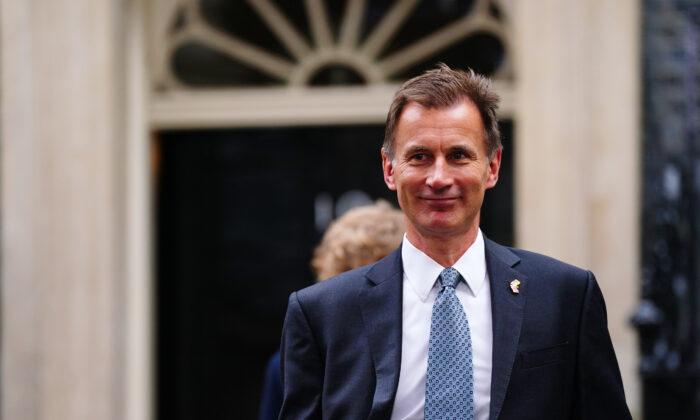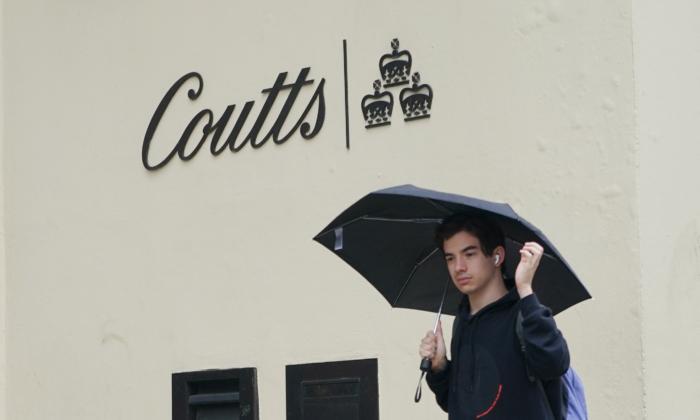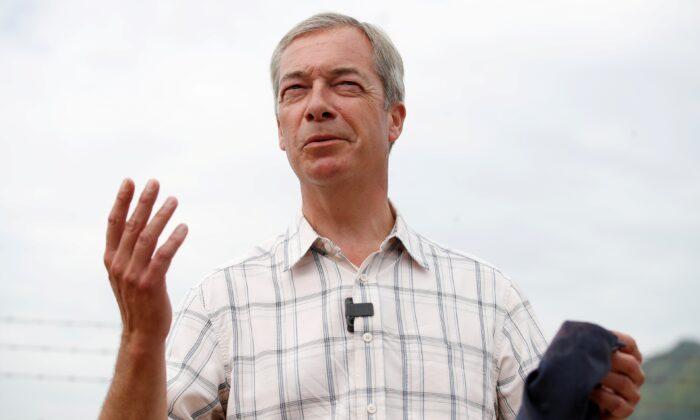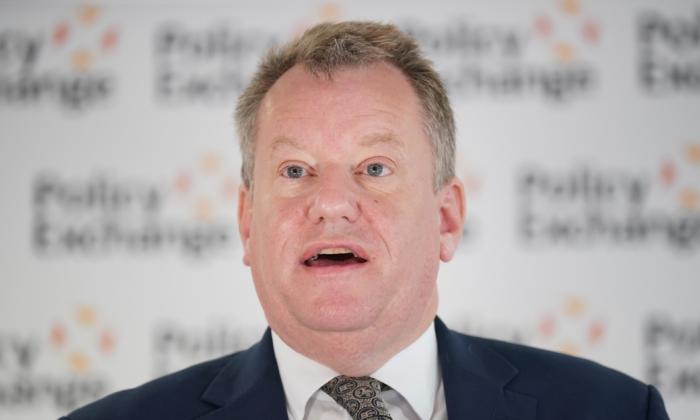The UK government’s borrowing rose to £22 billion ($26.6 billion) in November, as the higher interest costs and cost-of-living payments to households put increasing pressure on public finances.
According to the Office for National Statistics (ONS), this was £13.9 billion ($16.8 billion) more than the borrowing figure for the same month last year, and was £16.2 billion ($19.6 billion) more than in November 2019, just before the COVID-19 pandemic.
The reading represented the highest monthly figure for November borrowing since records began in 1993, the ONS said.
Commenting on the latest figures, Chancellor of the Exchequer Jeremy Hunt said the government has a “clear plan” to reduce inflation next year.
He said: “Faced with the twin global emergencies of a pandemic and [Russian President Vladimir] Putin’s war in Ukraine, we have taken significant action to support millions of businesses and families here in the UK.
“We have a clear plan to help halve inflation next year, but that requires some tough decisions to put our public finances back on a sustainable footing.”
But the opposition Liberal Democrats criticised the Conservative government for its “incompetence.”
Soaring Spending
In November 2022, the total expenditure of the UK’s public sector was £98.9 billion ($119.7 billion). Of this, central government current spending was £82 billion ($99 billion), which was £13.5 billion ($16.3 billion) more than in the same month a year ago.The debt interest the central government had to pay was £7.3 billion ($8.8 billion), which was £2.4 billion ($2.9 billion) more than in the same month a year ago, and the highest November figure since monthly records began in April 1997. The rise in debt interest payment was a result of higher Retail Prices Index (RPI) inflation.
Meanwhile, the government also witnessed a £3.3 billion ($4 billion) increase in social assistance costs to £13.2 billion ($16.1 billion), driven by an increase in cost-of-living payments.
The Energy Bills Support Scheme, which is paying out £400 ($484) to households over a six-month period, cost the government £1.9 billion ($2.3 billion) in November.
The Energy Price Guarantee, which has capped energy costs to £2,500 ($3,026) for a typical household, was the main driver of a £4.7 billion ($5.7 billion) year-on-year increase in subsidies.
Divya Sridhar, economist at PwC, said: “The latest data on the UK’s public finances reflects the fiscal implications of continued energy bills support and higher inflation. Looking ahead, continued energy bills support and the ninth consecutive rise in interest rates announced by the Bank of England last week will continue to squeeze public finances.”

Interest Rates
The Bank of England, the UK’s central bank, has been raising interest rates since late last year in order to get inflation under control.At its meeting ending on Dec. 14, the bank’s Monetary Policy Committee (MPC) increased interest rates from 3 to 3.5 percent, a new 14-year high.
It is a slowdown from the last rise in November when rates were increased by 0.75 percentage points, and in line with what economists had forecast.
Explaining its decision, the MPC said, “The labour market remains tight and there has been evidence of inflationary pressures in domestic prices and wages that could indicate greater persistence and thus justifies a further forceful monetary policy response.”
The central bank said it now expects the UK’s GDP to decline by 0.1 percent in the final quarter of 2022, 0.2 percentage points stronger than the MPC expected in November.
It said household consumption “remains weak,” most housing market indicators have “continued to soften,” and investment intentions have also weakened further.
The bank signalled it could continue to increase interest rates over the coming months.
The MPC said that the majority of its members judge that “further increases in bank rate may be required for a sustainable return of inflation to target.”
Energy Support
In addition to the higher interest rates, the government’s commitment to helping households and businesses with their energy bills has also incurred huge costs.The average annual household energy has been frozen at £2,500 ($3,026) from Oct. 1 under the energy price guarantee introduced by former Prime Minister Liz Truss.
The cap, limiting the price companies can charge customers per unit of energy they use, was to have lasted for two years from Oct. 1.
But after Jeremy Hunt replaced Kwasi Kwarteng as chancellor of the Exchequer, he announced that it would end at its current level after six months, after which more targeted help would be provided to the most vulnerable.
In his autumn budget, unveiled on Nov. 17, he announced that the energy price guarantee will continue for a further 12 months from April, but will rise from the current £2,500 to £3,000 ($3,631) per year for the average household.
The government has also paid a £400 ($474) rebate to all households to offset higher energy bills.
Hunt said that with prices forecast to remain “elevated” through next year, this would still mean an average of £500 ($605) support for every household.





